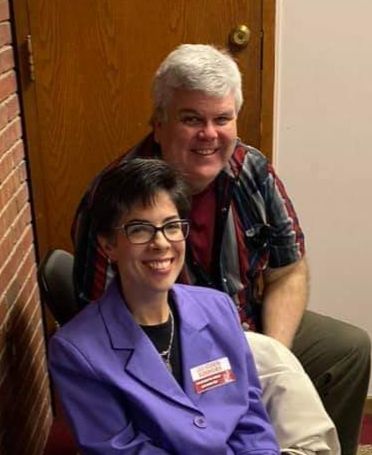D&I – Intentionality
It’s exciting to start a new year and a new century with the hopes that this year will be better and offer many opportunities. The work in Diversity and Inclusion (D&I) must be intentional and not a one-time activity to check-off the box. Successful organizations in the field tend to have D&I as part of their organizational DNA just like safety. Some trends for this year include: intentionality and understanding for the business case for D&I, increase in unconscious bias awareness, and the expanding of the Muslim ban on its impact in the workplace.
Continue reading Bias: Diversity and Inclusion Trends 2020 – by Soumaya Khalifa


 In the early days of the coronavirus, during the Lunar New Year Celebration, I asked my cousin who had worked in Asia years ago if Americans would pay attention to what was happening. The coronavirus family include the common cold, but this virus had never been seen before. Despite reports that 41 people died and 1,400 were infected, my cousin was not optimistic that Americans were paying attention, at least not yet. Early information reported that only a quarter of cases were severe and the dead were mostly elderly people with pre-existing conditions.
In the early days of the coronavirus, during the Lunar New Year Celebration, I asked my cousin who had worked in Asia years ago if Americans would pay attention to what was happening. The coronavirus family include the common cold, but this virus had never been seen before. Despite reports that 41 people died and 1,400 were infected, my cousin was not optimistic that Americans were paying attention, at least not yet. Early information reported that only a quarter of cases were severe and the dead were mostly elderly people with pre-existing conditions.